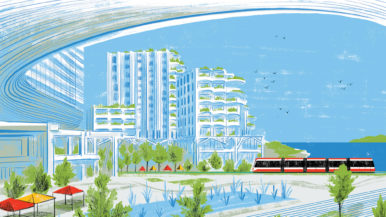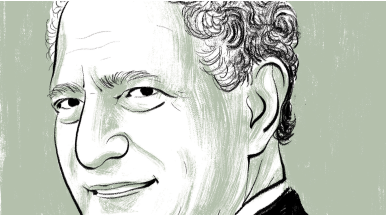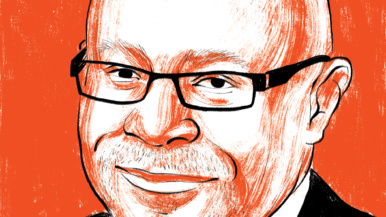Sidewalk is our last chance to save the waterfront

Toronto’s Port Lands are the last big opportunity for the city’s lakefront. It’s a huge area, almost as big as downtown, but it lacks the services and facilities any urban district requires. Sidewalk has the momentum to get urban infrastructure built—the kind Toronto can’t finance itself.
Sidewalk’s new waterfront neighbourhood will radically change how people move around, how buildings are designed, how they’re serviced and what the streetscape feels like. They want to reinvent how cities are constructed, right down to the roads. They’ll get rid of the asphalt and use replaceable pavers. They’ll efficiently organize utility pipes into consolidated utility ducts, which can also revolutionize the way we process sewage and household waste. And they’ll use timber as a basic building material for high-rise construction—a dramatic, cost-saving innovation that opens up a globally scalable wood-based manufacturing line for Ontario and Canada and, of course, reduces our ecological footprint. It’s only at this scale that we can test real urban responses to the challenges of climate change.
Sidewalk is proposing a prototype that can become an opportunity for the city and the country, and one that can eventually extend across the wider Port Lands. Aside from a new Google Canada headquarters, Sidewalk isn’t trying to develop the Port Lands. They’re the innovation managers. After the initial phase of Quayside, they will leave the development of the Port Lands to the city and other private-sector developers, who can operate within the innovative concept Sidewalk set out. They’re offering Waterfront Toronto a share in the global sales that the IDEA district might yield.
That new Google Canada HQ, for instance, will employ several thousand people and spawn a surrounding innovation district of academic and tech institutes. That’s a crucial opportunity. Without a major employment hub, the eastern waterfront risks extending the pattern of apartment towers and parks we’ve seen so far. Nice, but not enough for a big city. The waterfronts of cities from Hamburg to Hong Kong, Singapore to Sydney, show much greater ambition.
Sidewalk will also help finance a new LRT line to serve the area. There’s no question Toronto is having a hard time finding the money for the transit system it desperately needs. Opportunities like these, to capture the value created by new development and to harness private capital, are going to have to be part of the solution.
The Sidewalk proposal is procedurally messy, and it must be thoroughly scrutinized. We don’t know yet what the real construction cost reductions are going to be, or what operational problems may arise. But let’s find out. Big cities are complicated places, and city government and Waterfront Toronto are fully capable of managing that complexity in the public interest. Otherwise, nothing will happen.
This story originally appeared in the September 2019 issue of Toronto Life magazine. To subscribe, for just $29.95 a year, click here.























